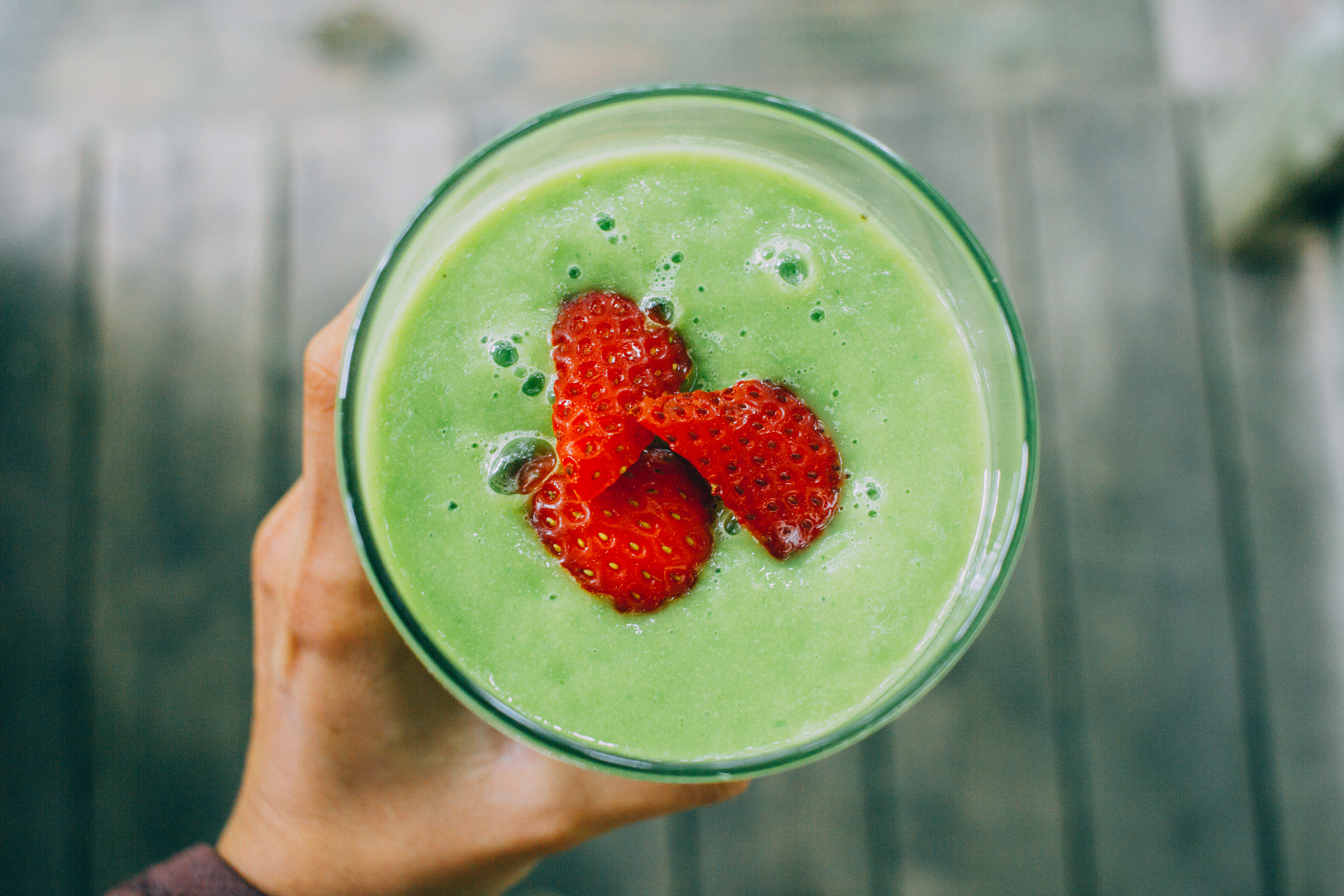What is fibre?
Scientifically speaking, dietary fibre refers to the non-starch polysaccharide components of plants that are resistant to digestion in the small intestine. Stay with me.
In other words, it encompasses the non-digestible parts of plant-based foods with the main sources being fruit, vegetables, cereals/grains and legumes.
There are three main types of fibre:
- Soluble fibre:
- This is fermented in the large intestine, during which process substances are produced that benefit the health of the GI tract. It helps to slow the digestive process in our stomachs, helping us feel fuller for longer. Good sources include wholegrains such as oats, barley, lentils, fruit such as berries and vegetables such as carrots and artichokes.
- Insoluble fibre:
- This type of fibre is used to help bulk our stools as well as help with stool motility due to its ability to absorb water. Good sources include the skins of fruit and vegetables, wholegrains, nuts/seeds and legumes.
- Resistant starch:
- Resistant starch is aptly named as it resists digestion in the small intestine and while it is technically not a ‘fibre’ it acts in a similar way. It exerts its benefits in the large intestine has is useful in the production of beneficial bacteria as well as the improvement of bowel health. It is found in ground grains such as wheat as well as cold potatoes such as potato salad, rice salad, green bananas and corn.
What does fibre do?
Fibre’s most important role is the promotion of efficient elimination of waste from the body. This can only be done when consumed in adequate amounts and when accompanied with adequate water intake.
Of course fibre wears many hats and is also important in lowering cholesterol, weight control, diabetes management and disease prevention.
Lets go into a little more detail…Soluble fibre, specifically oat bran, rice bran and barley, may help to lower blood cholesterol as it binds with it during digestion and prevents it from being absorbed into the bloodstream.
In terms of weight control, high fibre foods require more chewing and thus they take a little longer to consume. They are also traditionally more bulky and filling which help with appetite and portion control.
A diet high in fibre has been well proven to slow the process of glucose absorption into the blood stream, preventing large spikes in blood sugar, rather causing more balanced glucose levels.
In terms of disease prevention, fibre has been shown to prevent some forms of cancer. Fibre helps regulate bowel movements, hence it shortens the time that potentially harmful waste products are in contact with the bowel. Furthermore, the fermentation process of resistant starch produces short-chain fatty acids which have been thought to have a direct effect on slowing cancer cell growth.
When we don’t eat enough fibre, we start to see issues relating to our GI tract such as haemorrhoids, constipation as well as our disease risk increase, such as for colon cancer and we get predisposed to illness and a state of health imbalance. If waste products are not being efficiently, they accumulate and cause health problems such as headaches, liver-related issues, odorous gas, hormone imbalance, skin issues and more.

So how much do we need?
Current recommendations in Australia are for 30g of fibre per day for males and 25g of fibre per day for females over 18 years.
How do I reach my daily intake?
Eating a large variety of plant based foods will help you get to your daily target with ease.
My tips include:
- Opting for wholegrain or wholemeal sources of cereals/grains such as bread and pasta.
- Opting for wholefood based grains/legumes to bulk up meals such as quinoa, oats, rice, buckwheat and barley.
- Consuming the recommended 2 fruit and 5 vegetables daily of different colours.
- Ensuring something ‘green’ with every meal.
To make it a little easier to follow, here are some examples.
- 3g of fibre per banana
- 8g of fibre per cup of raspberries
- 16g of fibre per cup of lentils
- 4g of fibre per cup of cooked quinoa
- 5g of fibre per cup of cooked cauliflower
- 4g of fibre per medium sweet potato
A little reminder, if you need to up your fibre intake, do so gradually to avoid digestive issues. Also, increase your water intake too.
Remember health is very individualistic, what works for me may not work for you. Some people cannot tolerate large amounts of fibrous foods as it can add to their gut symptoms. For help in finding what best works for you, it is always best to check in with a healthcare practitioner like myself.
Check out the following editions of ‘The Foundation Series’ for more information.
The Foundation Series – Protein: The 411
The Foundation Series – Protein: Sources

1Pingbacks & Trackbacks on The Foundation Series – Fibre: The 411